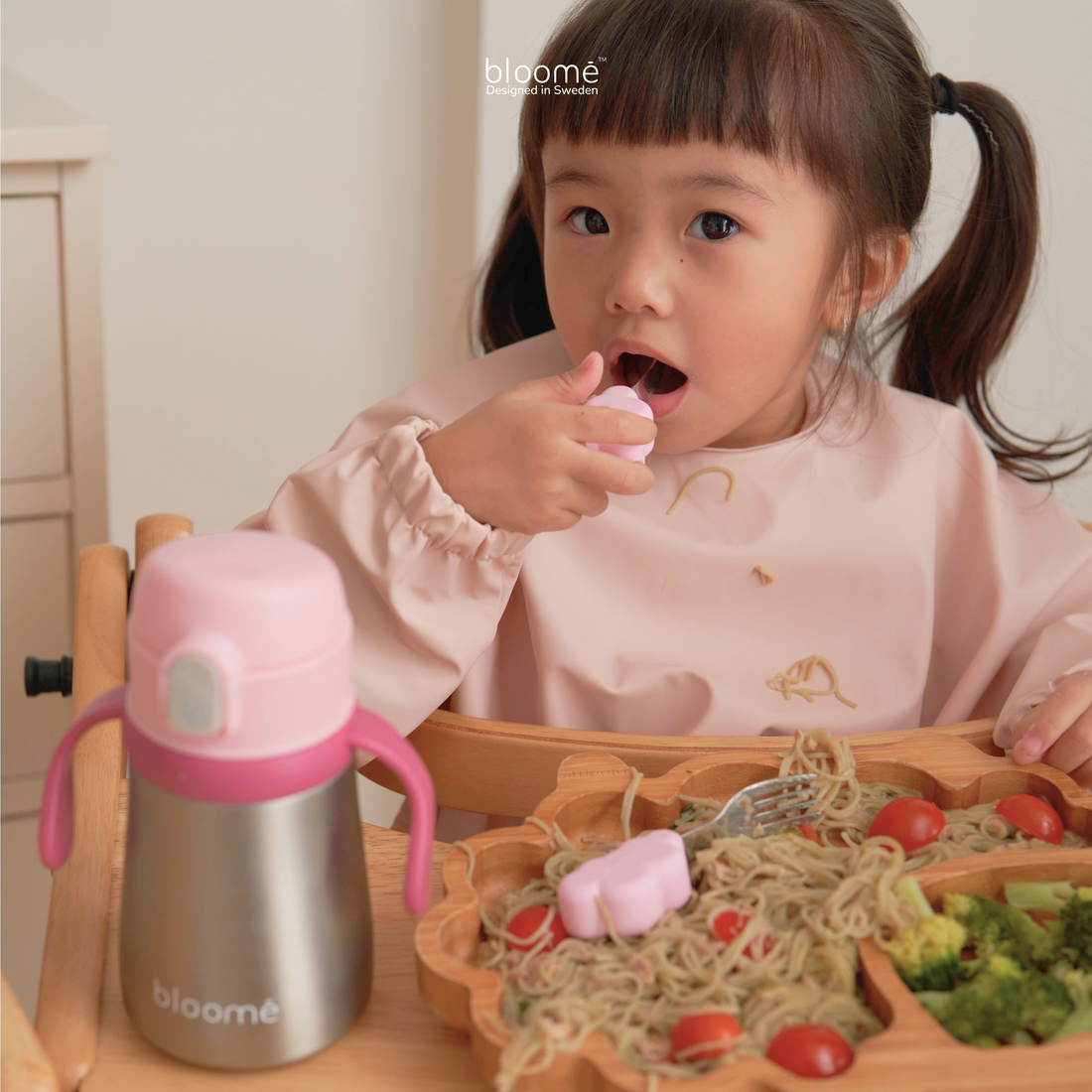Baby-led weaning, also known as baby eat training, is a method of introducing solid foods to infants. This approach allows babies to feed themselves from the very beginning, promoting self-feeding and independence. But what do you need to know about this feeding method?
What is Baby Eat Training?
Baby eat training involves offering age-appropriate solid foods to babies, allowing them to explore textures, tastes, and develop their feeding skills. Instead of spoon-feeding purees, parents offer soft, easy-to-grasp foods that babies can feed themselves.
When to Start?
Experts recommend starting baby-led weaning around six months of age, when babies show signs of readiness for solid foods. These signs include sitting up independently, showing interest in food, and being able to grasp objects.
Benefits of Baby-Led Weaning
Research suggests that baby-led weaning may help babies develop healthier eating habits, reduce picky eating, and improve hand-eye coordination. It also allows babies to learn to regulate their food intake and recognize hunger cues.
Common Foods to Offer
When practicing baby-led weaning, it's important to offer soft, age-appropriate foods that are easy for babies to grasp and chew. Some common foods include steamed vegetables, soft fruits, strips of meat, and cooked grains.
Safety Considerations
While baby-led weaning can be a safe and beneficial feeding method, it's essential to take precautions to prevent choking. Foods should be cut into appropriate sizes, and parents should always supervise meal times to ensure the baby is eating safely.
Transitioning to Solid Foods
As babies explore solid foods through baby-led weaning, it's normal for them to initially play with their food and make a mess. This process is part of their learning journey and helps them develop their feeding skills over time.
Overall, baby-led weaning can be a rewarding and beneficial way to introduce solid foods to infants. By understanding the facts about baby eat training and following safety guidelines, parents can support their baby's development and foster a positive relationship with food from an early age.
